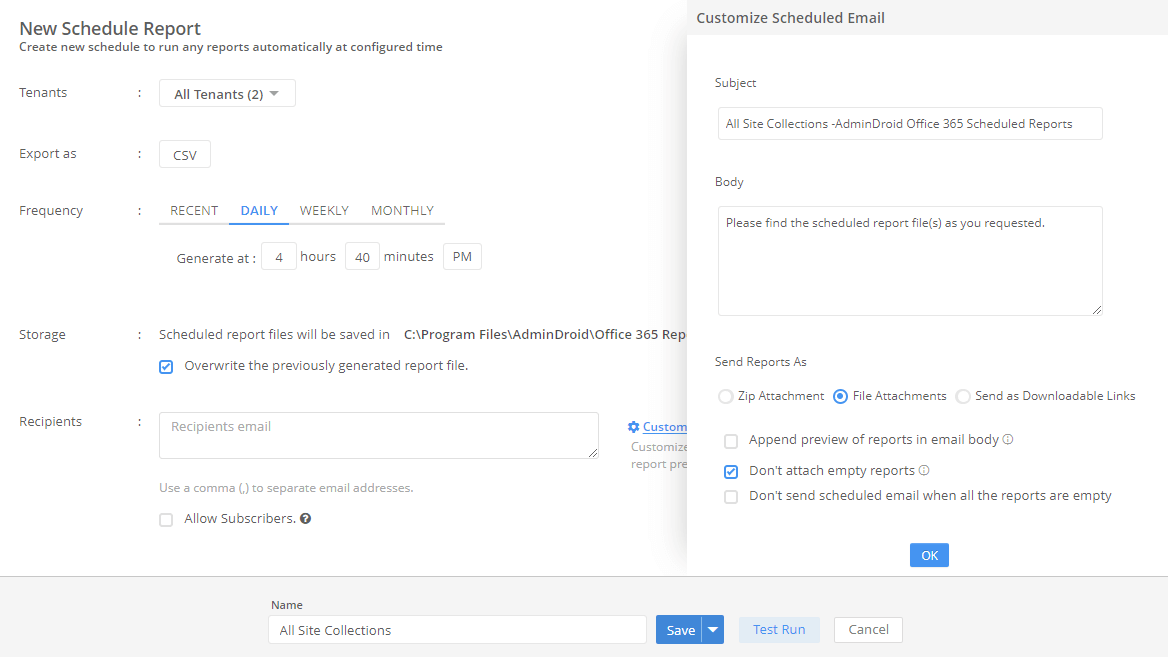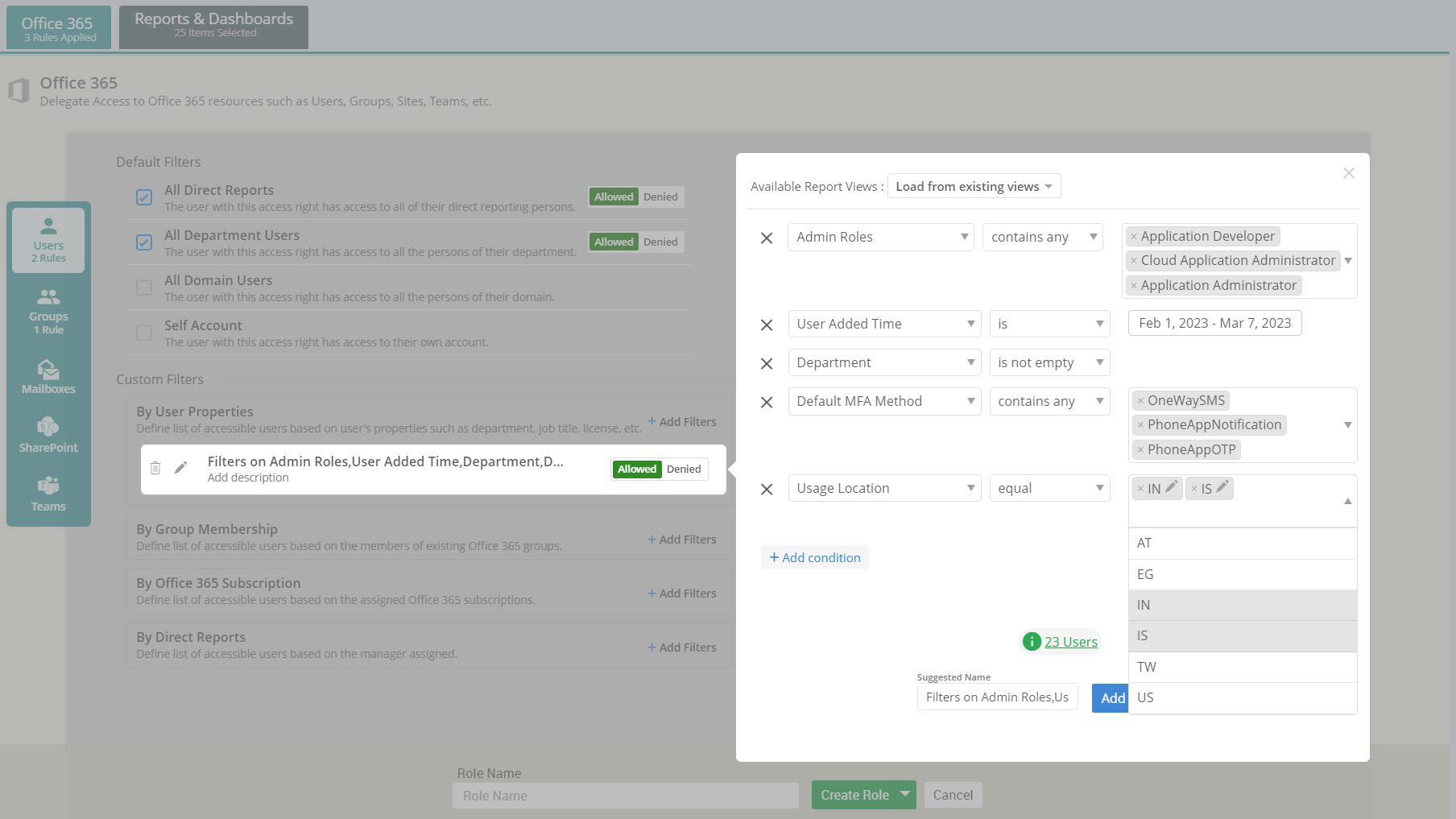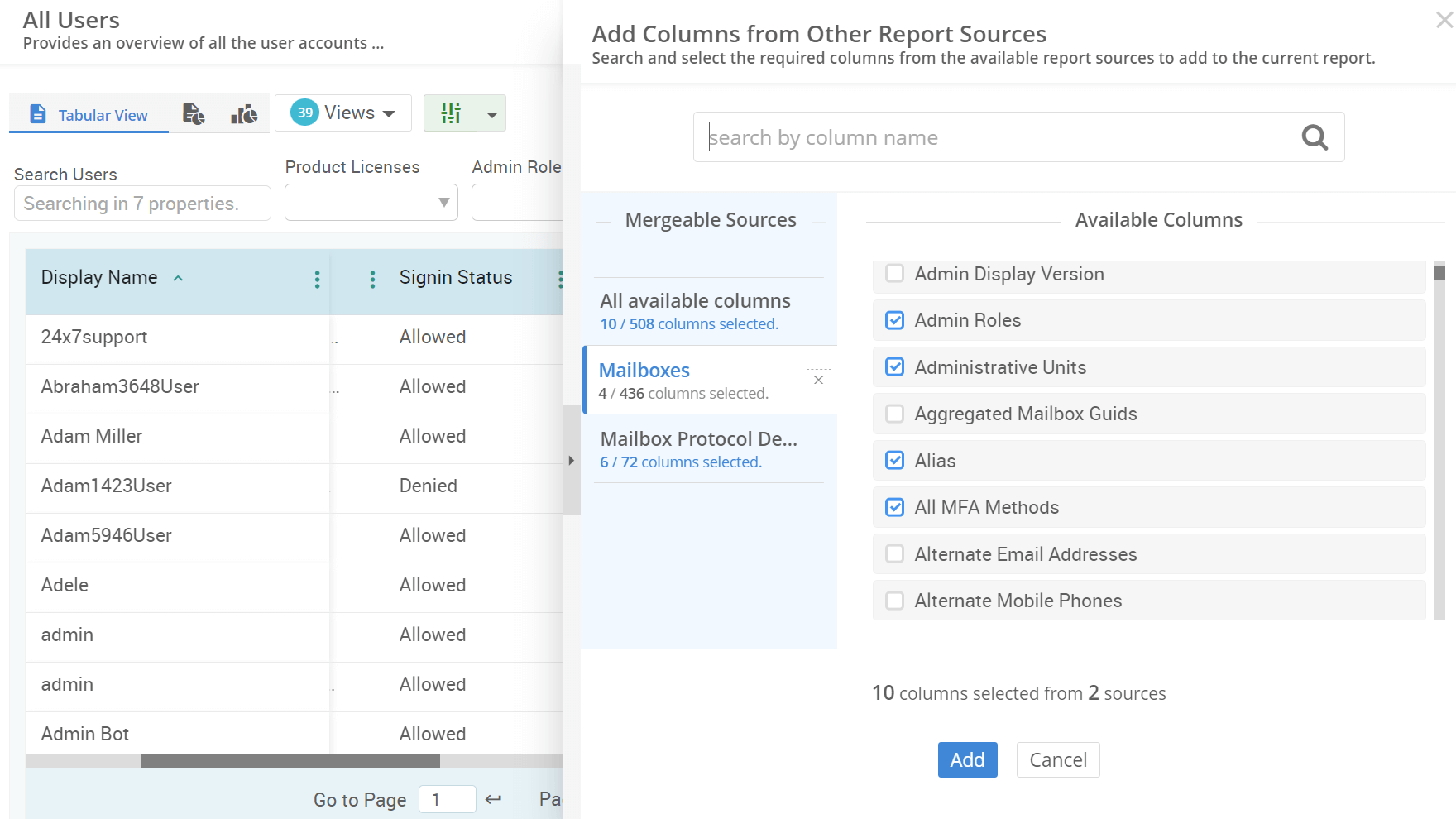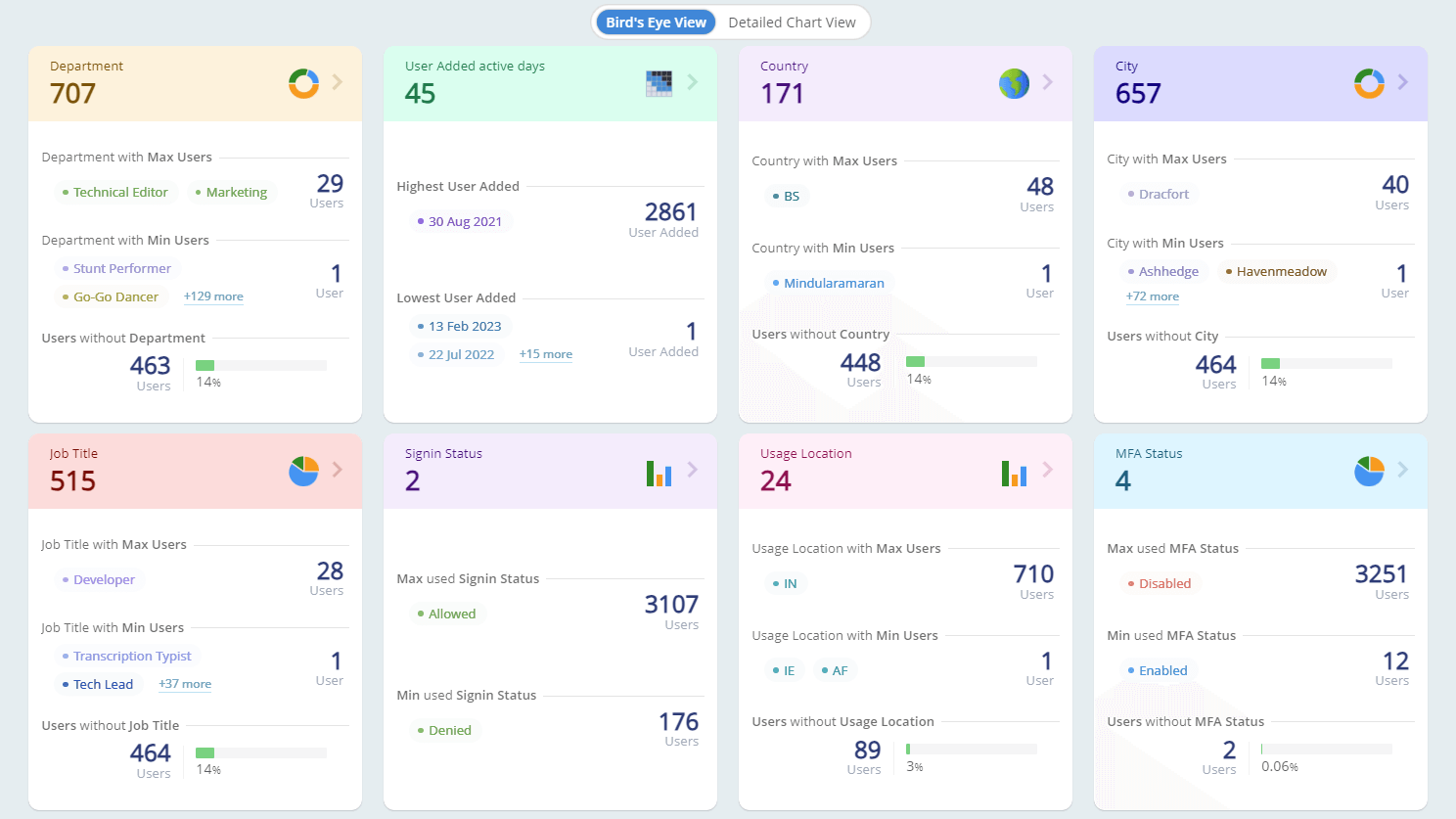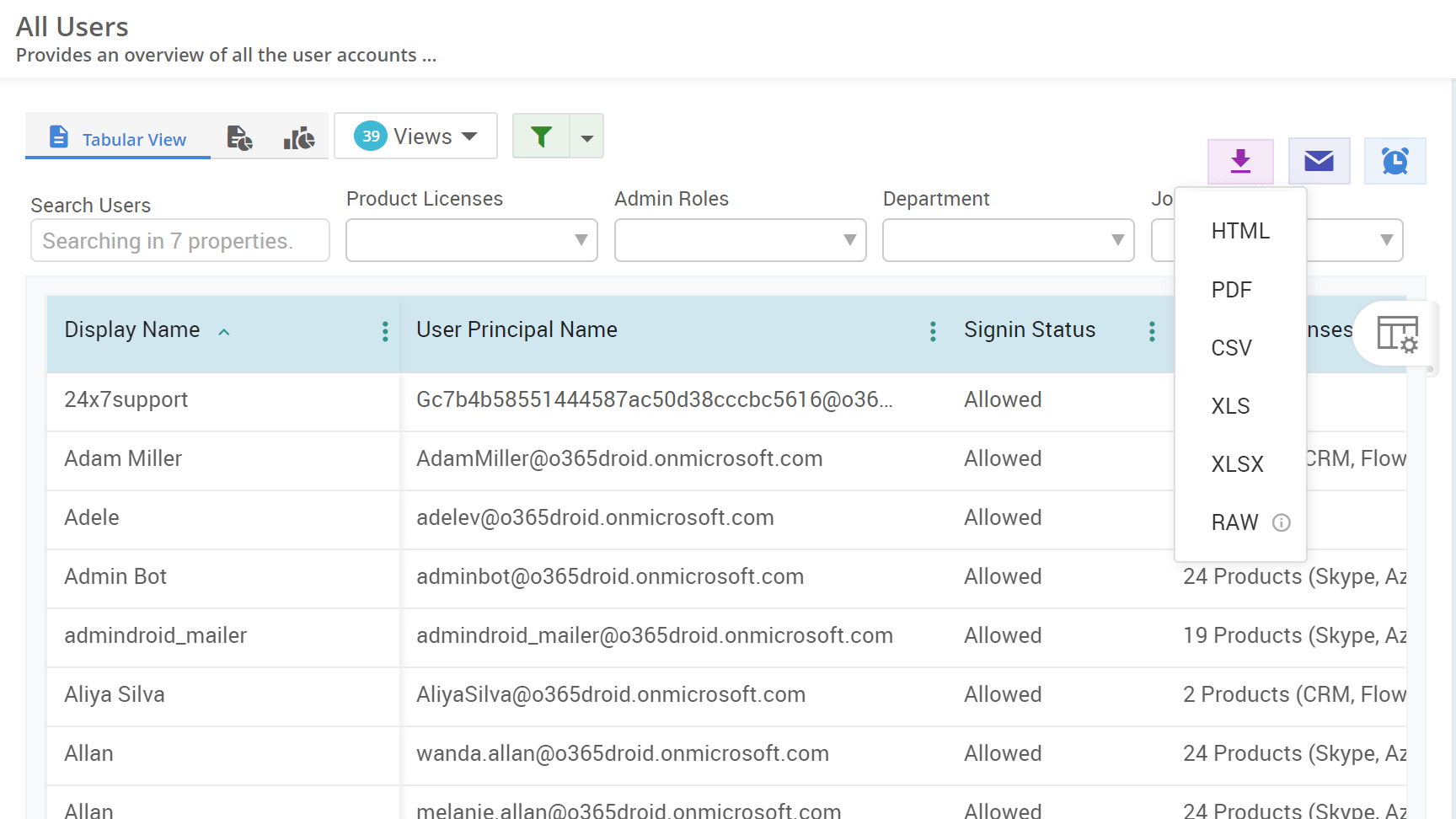How to Export Microsoft 365 Shared Mailbox Permission Report
Do you ever feel overwhelmed by managing shared mailbox permissions? Managing delegate permissions for multiple Exchange online shared mailboxes has always been a nightmare for Microsoft 365 admins. No worries! Explore simple methods to acquire shared mailbox permission report and streamline your Exchange Online management.








